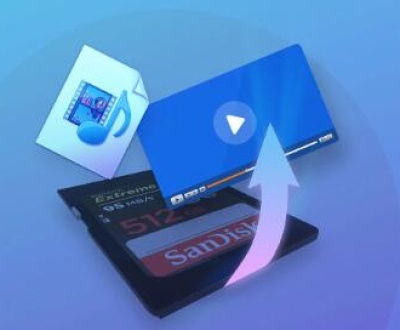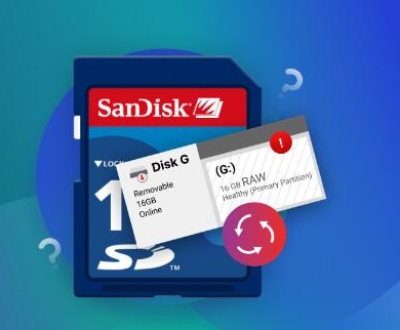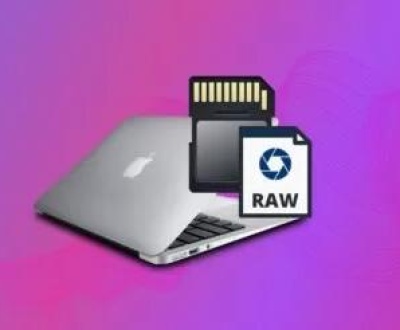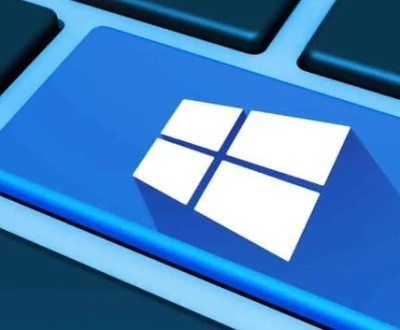Flash drives, also known as USB drives or thumb drives, are popular for their portability and ease of use. However, like all storage devices, they are susceptible to data loss. Accidental deletion, corrupted files, damaged file systems, or physical damage to the drive itself can lead to the loss of important documents, photos, videos, or other files. Fortunately, there are numerous tools and techniques available to recover deleted files from a flash drive.
Chapter 1: Data Deletion
Before diving into the specifics of recovery, it’s essential to understand what happens when data is deleted from a flash drive. This knowledge can significantly influence the recovery process.
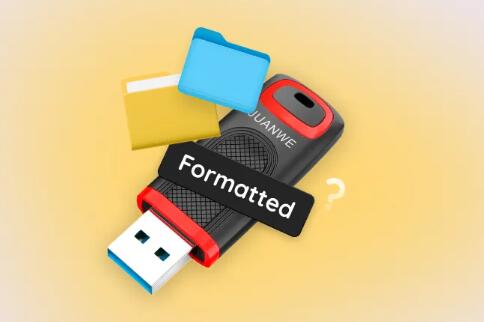
1.1 The Nature of Data Deletion
When you delete a file from your flash drive, it doesn’t disappear immediately. Instead, the space occupied by the file is marked as “available” for new data to be written. The file’s content remains on the drive until it is overwritten by new data. This is why file recovery is often possible, even after deletion.
There are two main types of deletion:
Soft Deletion: When you move a file to the Recycle Bin (Windows) or Trash (Mac) and then delete it from there, the file is removed from the visible file system but is still recoverable until overwritten.
Hard Deletion: When you delete a file using the Shift + Delete command (on Windows), or when the file is deleted using a formatting process, the file is still on the drive, but the system doesn’t recognize it as a valid file anymore.
1.2 File Systems and Data Recovery
Flash drives typically use either the FAT32. exFAT, or NTFS file systems. These file systems determine how files are organized and stored on the drive. The file system used on the flash drive can influence the success of data recovery. For example, NTFS may offer better recovery results than FAT32 because of its more advanced file management capabilities.
Chapter 2: Best Practices Before Recovery
Before attempting to recover deleted files from a flash drive, it’s important to take certain precautions to maximize your chances of success.
2.1 Stop Using the Flash Drive
Once you realize that files have been deleted from your flash drive, immediately stop using the device. Continuing to use the drive increases the risk of overwriting the deleted data, which reduces the likelihood of a successful recovery. If possible, disconnect the drive from the computer until you’re ready to begin recovery.
2.2 Make a Copy of the Drive
If your flash drive is still functioning and you are able to access its contents, create a backup of the remaining files before proceeding with recovery. This ensures that you won’t lose any additional data if something goes wrong during the recovery process.
2.3 Use Recovery Software on a Different Computer
If you’re using a computer to perform the recovery, it’s best to install and run the recovery software on a separate system or another external drive. This prevents any accidental overwriting of the flash drive’s contents during the recovery process.
Chapter 3: Methods to Recover Deleted Files from Flash Drive
Now that we understand the basics, let’s look at the specific methods available for recovering deleted files from a flash drive.
3.1 Using Windows File History
Windows has a built-in feature called File History, which regularly backs up your files. If you’ve enabled this feature before the files were deleted, you can use it to restore deleted files.
Steps to Recover Files Using File History:
Connect the flash drive to your computer.
Open File Explorer and navigate to the location where the deleted files were stored.
Right-click on the folder or directory and select “Restore previous versions.”
A list of available backup versions will appear. Choose the version that contains the deleted files.
Click “Restore” to recover the deleted files.
This method will only work if File History was enabled and if backups were made before the deletion.
3.2 Using the Recycle Bin
If you’ve accidentally deleted files and they were moved to the Recycle Bin (Windows) or Trash (Mac), you can easily restore them without the need for third-party software.
Steps to Recover Files from the Recycle Bin:
Open the Recycle Bin or Trash on your computer.
Look for the deleted files or folders.
Right-click on the file and select “Restore” to return the file to its original location.
Keep in mind that once the Recycle Bin is emptied or the Trash is cleared, this method will no longer be effective.
3.3 Using Data Recovery Software
Panda Assistant is an advanced data recovery tool designed to help users retrieve lost or deleted files from a variety of storage devices, including USB flash drives, SD cards, hard drives, and SSDs. This software is ideal for anyone who has experienced data loss due to accidental deletion, drive corruption, or formatting issues. Panda Assistant is known for its user-friendly interface, making it accessible to both novice and experienced users.
The software offers powerful scanning capabilities that can locate deleted files that may still be recoverable, even if the drive has been formatted or damaged. It supports the recovery of a wide range of file types, including documents, photos, videos, and audio files. Panda Assistant also includes advanced features like deep scanning, which thoroughly analyzes storage devices for remnants of lost data, and preview options to view files before recovery.
3.4 Using Command Prompt (Windows)
If you’re comfortable using the command line, you can try using the built-in Windows command prompt tool to attempt file recovery.
Steps to Recover Files Using Command Prompt:
Open the Command Prompt as an administrator (search for “cmd” and right-click to select “Run as administrator”).
Type the following command and press Enter:
bash
chkdsk X: /f
Replace “X” with the letter corresponding to your flash drive.
The system will attempt to fix any file system errors and recover lost files. This may not always be successful, but it’s worth trying before resorting to third-party software.
Chapter 4: Advanced Recovery Techniques
In some cases, data recovery may require more advanced techniques, such as file system repair or even professional data recovery services.
4.1 Repairing a Corrupted File System
If the flash drive has become corrupted, your files may not be accessible, even if they haven’t been deleted. In such cases, you can attempt to repair the file system.
Steps to Repair a Corrupted File System:
Open Command Prompt as an administrator.
Type the following command and press Enter:
bash
chkdsk X: /r
Replace “X” with the letter corresponding to your flash drive.
The system will scan and attempt to repair any file system errors.
4.2 Seeking Professional Help
If the above methods fail, or if the flash drive is physically damaged, it may be necessary to seek professional data recovery services. These services can be expensive but often provide the best chance of recovering data from severely damaged devices.
About us and this blog
Panda Assistant is built on the latest data recovery algorithms, ensuring that no file is too damaged, too lost, or too corrupted to be recovered.
Request a free quote
We believe that data recovery shouldn’t be a daunting task. That’s why we’ve designed Panda Assistant to be as easy to use as it is powerful. With a few clicks, you can initiate a scan, preview recoverable files, and restore your data all within a matter of minutes.
Subscribe to our newsletter!
More from our blog
See all postsRecent Posts
- Retrieve deleted videos from sd card 2025-04-25
- How to retrieve damaged sd card? 2025-04-25
- Retrieve photos from sd card 2025-04-25

 Try lt Free
Try lt Free Recovery success rate of up to
Recovery success rate of up to

